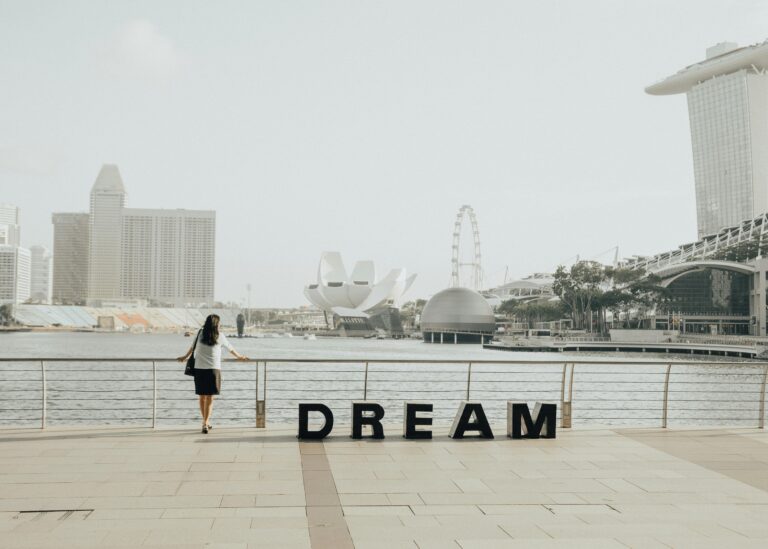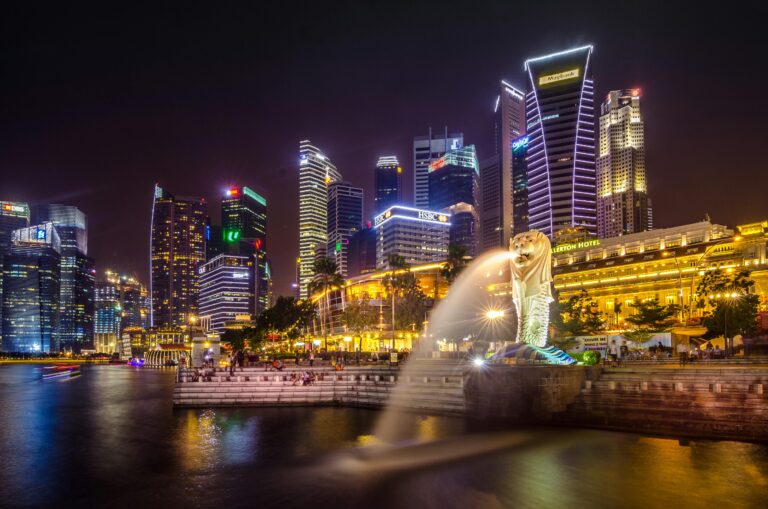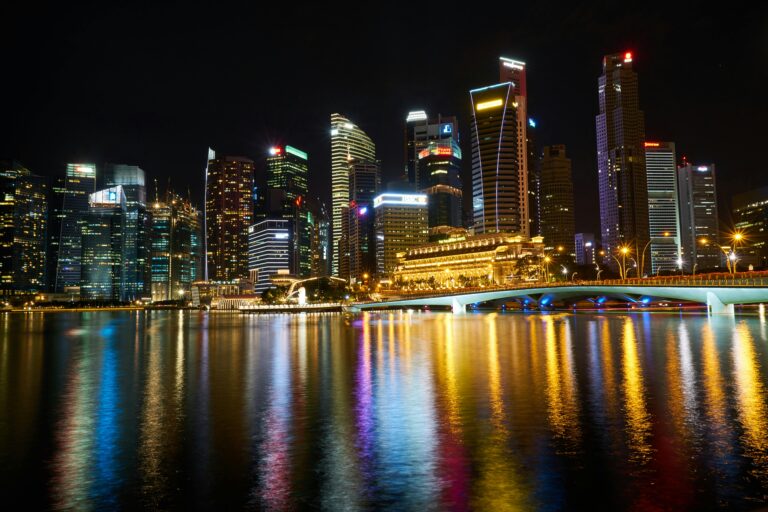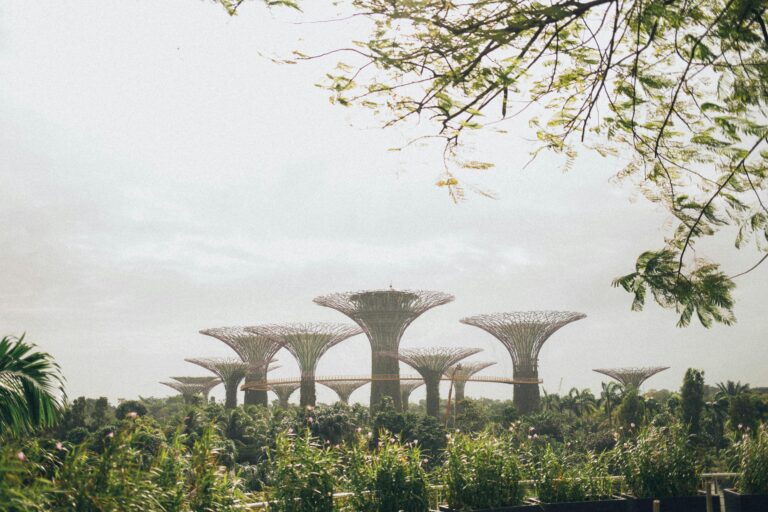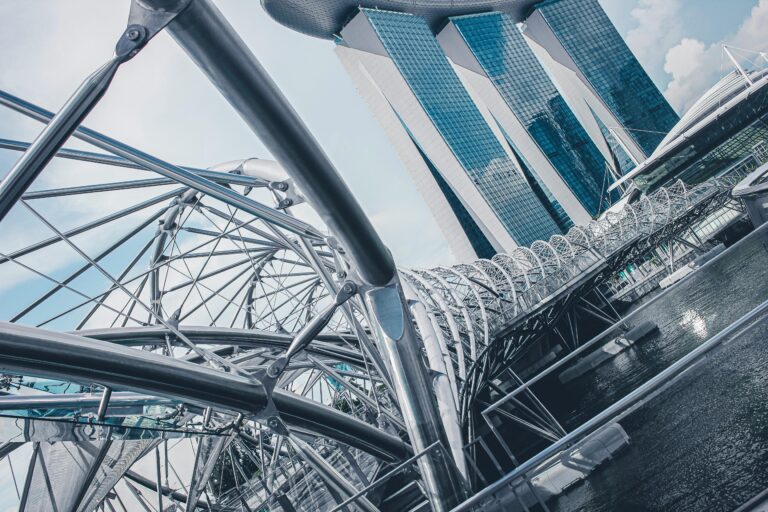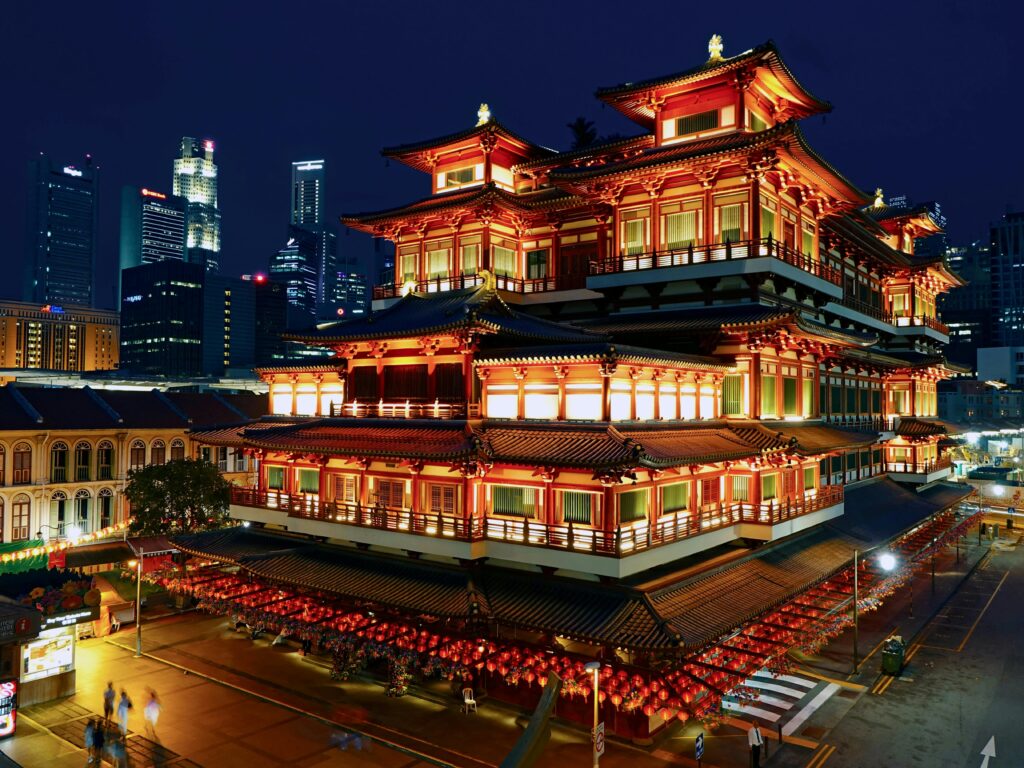
Singapore is a vibrant tapestry of cultures, a place where diverse traditions, languages, and religions coexist harmoniously. This unique multiculturalism is not just a defining characteristic but also a cornerstone of the nation’s identity and strength.
Read more related articles here: https://learntodrivesg.com
A Historical Blend
Singapore’s multicultural heritage dates back to its founding as a British trading post in 1819. The strategic location of the island attracted traders and immigrants from China, India, Malaysia, and beyond, leading to a rich blend of cultures. Over the centuries, these communities have maintained their distinct identities while contributing to the collective Singaporean identity.
Cultural Harmony
One of the most remarkable aspects of Singapore’s multiculturalism is the harmony with which different ethnic groups coexist. The four main ethnic groups—Chinese, Malay, Indian, and Eurasian—live together peacefully, celebrating each other’s festivals and respecting each other’s traditions. This is evident in the city’s landscape, where mosques, temples, and churches stand side by side, and in the bustling hawker centers where cuisines from various cultures are savored by all.
Festivals and Celebrations
The calendar year in Singapore is dotted with vibrant festivals that showcase its multicultural essence. Chinese New Year, Hari Raya Puasa, Deepavali, and Christmas are celebrated with equal enthusiasm and grandeur. These festivals are not just for the respective communities but are embraced by all Singaporeans, reflecting the nation’s spirit of unity in diversity.
During Chinese New Year, the streets come alive with lion dances and red lanterns. Hari Raya Puasa, marking the end of Ramadan, sees the Malay community in vibrant traditional attire, visiting friends and family. Deepavali, the Festival of Lights, transforms Little India into a dazzling display of lights and colors. Christmas in Orchard Road is a spectacle of festive decorations and joyous celebrations, enjoyed by people of all backgrounds.
Multicultural Education
Singapore’s education system plays a pivotal role in fostering multicultural understanding. Schools celebrate Racial Harmony Day annually, where students don traditional attire and participate in activities that promote cultural appreciation and understanding.
Culinary Diversity
The culinary scene in Singapore is a testament to its multicultural heritage. A walk through any hawker center reveals a plethora of dishes from different cultures. From Chinese dim sum and Malay satay to Indian biryani and Eurasian curry, the variety is endless. The fusion of flavors is a reflection of the nation’s openness to different cultures and its ability to blend them seamlessly.
Government Policies
The Singaporean government has implemented policies to ensure the continued coexistence and integration of different ethnic groups. The Ethnic Integration Policy (EIP) ensures a balanced mix of ethnicities in public housing estates, preventing the formation of ethnic enclaves. This promotes daily interactions among different communities, fostering mutual understanding and respect.
Challenges and the Way Forward
While Singapore’s multiculturalism is often celebrated, it is not without its challenges. Issues such as racial discrimination and cultural misunderstandings do arise. However, the nation continues to strive for greater inclusivity and cohesion. Initiatives like the Singapore Together movement encourage citizens to engage in dialogues and co-create solutions for a more inclusive society.
Cultural Enclaves and Heritage Sites
Singapore’s multiculturalism is vividly experienced through its cultural enclaves, each offering a unique glimpse into the traditions and lifestyles of its residents. These neighborhoods are not just tourist attractions but living, breathing parts of the city’s fabric.
Chinatown
Chinatown is a bustling district that showcases the rich heritage of the Chinese community. Visitors can explore traditional shophouses, temples like the Buddha Tooth Relic Temple, and vibrant markets selling everything from traditional medicines to modern trinkets. The area comes alive during Chinese New Year with parades, decorations, and festive markets.
Little India
The colorful shopfronts, aromatic spice shops, and historic temples like Sri Veeramakaliamman Temple create an immersive experience. Deepavali, the Hindu Festival of Lights, sees Little India transformed into a sparkling wonderland with intricate street light-ups and festive bazaars.
Kampong Glam
Kampong Glam is the heart of the Malay-Muslim community, with its rich history dating back to the
Joo Chiat and Katong
Joo Chiat and Katong are neighborhoods that reflect Singapore’s Peranakan culture, a unique blend of Chinese and Malay influences. The area is famous for its beautifully preserved Peranakan shophouses and eateries offering traditional Peranakan cuisine, such as laksa and kueh.
Language Diversity
Singapore’s linguistic landscape is as diverse as its cultural one. The nation has four official languages: English, Mandarin, Malay, and Tamil. English serves as the lingua franca, facilitating communication across different ethnic groups and in the international arena.
Arts and Culture
The arts scene in Singapore reflects its multicultural ethos, with numerous events and institutions dedicated to celebrating this diversity. The Esplanade – Theatres on the Bay, often referred to as the “Durian” because of its unique architectural design, hosts a variety of performances, from Chinese opera to Indian classical dance.
Festivals like the Singapore Arts Festival, the Singapore International Film Festival, and the Malay Heritage Centre’s cultural programs offer platforms for artists from different backgrounds to showcase their work. The National Gallery Singapore and other museums frequently host exhibitions that highlight the contributions of various ethnic communities to Singapore’s cultural tapestry.
Interfaith Initiatives
Singapore’s commitment to religious harmony is evident through numerous interfaith initiatives and organizations that promote understanding and cooperation. Founded in 1949, the Inter-Religious Organisation (IRO) is one of the world’s oldest interfaith groups and plays a crucial role in fostering dialogue and mutual respect.
Programs and events organized by the IRO and other similar bodies encourage people from different faiths to learn about each other’s beliefs and practices, thereby strengthening the bonds of unity and understanding in the community.
Economic Contributions
The diverse workforce brings together a wide range of skills, perspectives, and expertise, driving innovation and growth in various sectors. The multicultural environment attracts global talent and businesses, making Singapore a hub for international trade, finance, and industry.
Social Integration Efforts
To further promote social integration, the government and various organizations undertake numerous initiatives. Community centers across the island conduct activities and courses that encourage residents from different backgrounds to interact and bond. National campaigns and public service announcements emphasize the importance of racial harmony and the collective responsibility of maintaining it.
Conclusion
Singapore’s multiculturalism is a shining example of how diversity can be a source of strength and unity. The nation’s ability to embrace and celebrate its diverse cultural heritage has made it a global model for multicultural harmony. As Singapore continues to grow and evolve, its commitment to maintaining this delicate balance will ensure that it remains a vibrant and inclusive society for generations to come.
By appreciating and respecting the myriad of cultures that coexist within its borders, Singapore not only preserves its rich heritage but also sets a precedent for the rest of the world.


